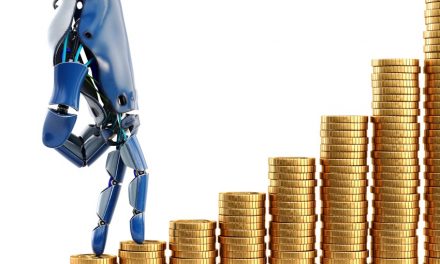Crude oil doom-and-gloomers are falling by the wayside.
U.S. prices exceeded $40 a barrel this past Friday, up over 200% from April’s historic low of -$37.63. And even though they retraced some gains, both major benchmarks closed at their highest levels since early March.
This marked the seventh rally in eight weeks for West Texas Intermediate (WTI), the U.S. crude oil benchmark. Same for Brent crude, the international standard.
Why the rising oil prices? A couple of reasons…
- Increased demand associated with reopening the U.S. economy. All states are now “open for business” in some form or another. And the U.S. is by far the largest consumer of oil in the world.
- The Organization of the Petroleum Exporting Countries (OPEC) and its allies agreed to a global cut of 9.7 million barrels per day through July.
- Oil companies have been shutting off drilling rigs across U.S. shale.
It may sound ominous — “cut” and “shutting off” — but these moves will help reduce excess supply, a necessity in today’s world of diminished airline travel and fewer workplace commuters.
We’re already seeing the effect of these changes.
Crude prices continued to rise on Monday and reached a new three-month high!
Long Term vs. 2020
Better-than-expected results have contributed to major U.S. banks taking a bullish stance on oil.
Barclays bumped its outlook by $4 a barrel. And JPMorgan Chase hasn’t shied from its prediction of $190 a barrel by 2025.
The latest: Bank of America. It jumped into the mix on Monday, increasing its 2020 WTI forecast from $32 to $39.70. It also predicts Brent crude will reach $43.70, up from its previous estimate of $37.
Bank of America’s shift reflects a renewed confidence in oil recovery.
This comes on the heels of an OPEC report released last Wednesday, June 17, that projected global demand to fall by just 6.4 million barrels per day in the latter half of 2020. That’s an improvement from the first half’s daily decline of 11.9 million barrels.
But as we say often in Winning Investor Daily, big banks and Wall Street aren’t always to be trusted. Sure, sentiment is high for now. But when Wall Street gets excited, we get nervous. Our No. 1 priority is making sure that our readers are well-informed. We want you to have our best research so you can live a prosperous life.
And right now, we think crude oil will fall in the short term.
Because while longer-term demand prospects have improved, the near term paints a different picture.
Higher oil prices could bring more supply online. And with mounting COVID-19 cases and the threat of a second wave in the fall, we could be in store for a significant decline.
But that’s not all…
Historically, the second half of the year is a rough time for the price of crude.
And while crude oil’s future looks far less daunting than expected in the long term, my analysis and gut tell me a correction is due.
How to Play Crude Oil’s Correction
Timing is key. This is where my friend and colleague Chad Shoop thrives. He tracks seasonal trends with his “Profit Stacks” calendar.
My colleague Kristen Barrett recently reached out to him to ask if seasonal trends are still valid in these volatile times. Anyone who is watching the market will tell you the ups and downs have are dizzying. Here’s what he said:
Historically, cycles have always played a part in the stock market. And after major sell-offs, they become even more prominent for the rebound. They allow us to pick up quick double-digit gains in a matter of weeks. It is an uncertain market right now, but trusting a proven system built around the cyclical nature of the stock market gives us great predictability.
With Chad’s strategy, you don’t need $10,000 to kick off a million-dollar windfall. In fact, for as little as $500 a month, you can build a seven-figure portfolio over the next few years.
I know … sounds too good to be true.
It’s not.
Chad shows readers just like you how to more than double their initial investment on a stock.
His Profit Stacks track sectors across their most historically profitable periods.
Just before those periods begin, Chad watches the stocks that make up each sector. He then sends you recommendations based on the stocks with the largest potential to pop higher over mere months.
For more on how to capitalize on crude oil’s peak before it moves into decline territory, click here to learn more about Chad’s Profits Stacks calendar approach!
Good investing,

Editor, Apex Profit Alert





